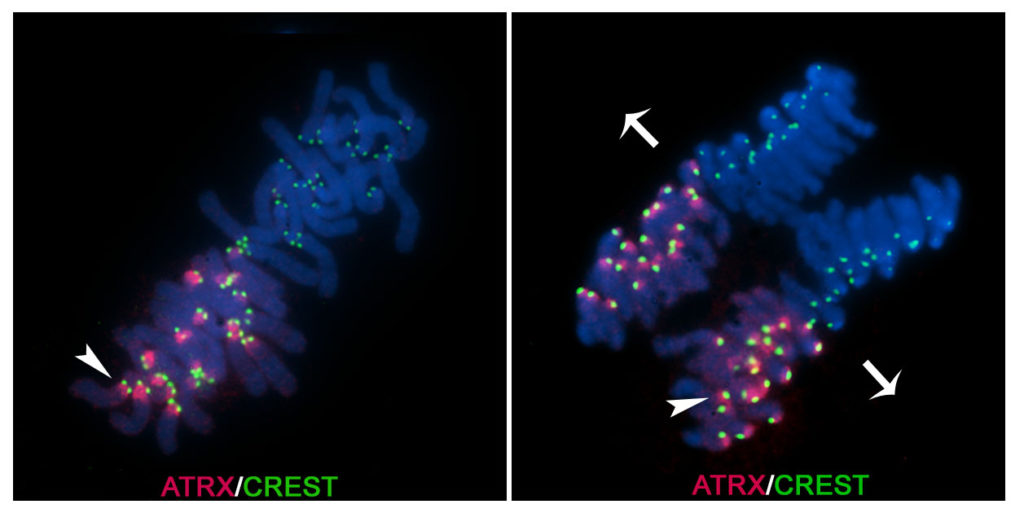
However, the results from queries were manually observed and the keywords were refined to minimise these artefacts. Others required a combination of 2 or more terms, for instance, texture could be related to the texture of a sample and not to the specific technique of analysis and thus texture analysis was used.Īmbiguity is still possible, for instance, texture can be explored with Fourier transforms and an author under the name of Fourier could be included in the entries when no Fourier transforms or analysis were applied.

Some of these keywords were specific enough to be used as a single word, like Fractal. The first group of specific keywords were used to investigate the traditional image processing / computer vision.
#Cellprofiler jama software
the software platforms or programming languages were also reviewed.

In addition, the tools through which these techniques were applied, i.e.
#Cellprofiler jama series
A series of keywords were used in combination to select different techniques, and their yearly entries in PubMed. The review utilised data mining techniques to extract the entries related to different techniques that have been applied to the analysis of Cancer images. Since the objective of the review is to map the literature, assess the volume of work, as reflected by the number of entries in PubMed, rather than compare outcomes or perform a precise systematic review and synthesis of the evidence, a scoping review, rather than a systematic review was performed. In this paper, a review of the data analysis techniques that have been applied to Cancer data analysis is presented. The question that arises is then, are the artificial intelligence techniques displacing all the previous image processing and computer vision techniques as applied to the analysis of Cancer images? Techniques like Fourier analysis, mathematical morphology, and fractals among many others have been applied with success in the analysis of Cancer treatments or drug development. In recent years, the computational techniques included under the umbrella term of Artificial Intelligence have grown at a very fast rate, but before that, a rich body of techniques developed under the areas of Image Processing and Computer Vision were applied to analyse data from a variety of Cancer data sets. In addition, computational techniques have been used to support decision-making, preoperative planning and predict survival based on the analysis of the images acquired. Diagnostic images acquired with Magnetic Resonance Imaging, Computed Tomography, Ultrasound, and pathology staining are routinely obtained and analysed, traditionally by experts that trained for many years to provide accurate diagnosis. Among many technological innovations that have had an impact in medicine in general, and in Cancer in particular, computational data analysis techniques have been important, especially as new imaging technologies provide more and more data every year. These entries have risen from 6% of all yearly entries recorded in PubMed in the 1950s, to more than 16% seventy years later.

At the time of writing of this paper (March 2022), there were 4,574,067 Cancer-related entries from the total 33,844,076, which represented 13% of all entries in PubMed ( ), the search engine of the United States National Library of Medicine MEDLINE.

Cancer has dominated the medical literature.


 0 kommentar(er)
0 kommentar(er)
